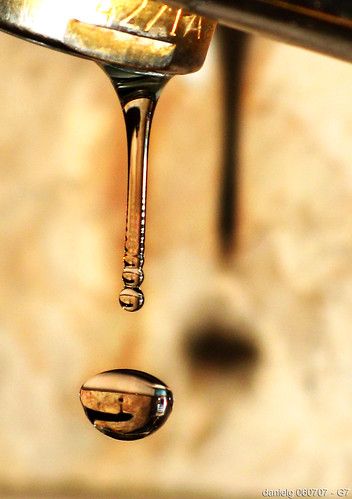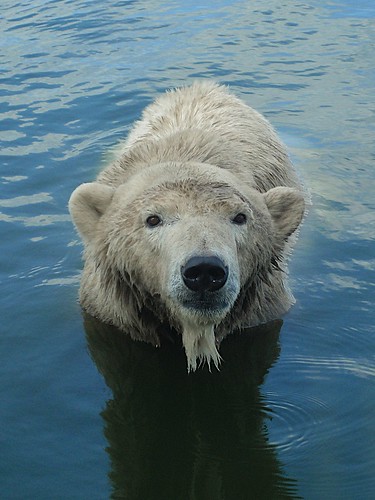McCAIN: Now, how -- what's -- what's the best way of fixing it? Nuclear power. Sen. Obama says that it has to be safe or disposable or something like that.
Look, I -- I was on Navy ships that had nuclear power plants. Nuclear power is safe, and it's clean, and it creates hundreds of thousands of jobs.
And what could be safer than life on a nuclear military vessel?
Naval nuclear accidents
United States
* USS Thresher (SSN-593) (sank, 129 killed)
* USS Scorpion (SSN-589) (sank, 99 killed)
Both sank for reasons unrelated to their reactor plants and still lie on the Atlantic sea floor.
Russian or Soviet
* Komsomolets K-278 (sank, 42 killed)
* Kursk K-141 (sank recently, 118 killed)
* K-8 (loss of coolant) (sank, 42 killed)
* K-11 (refueling criticality)
* K-19 (loss of coolant)
* K-27 (scuttled)
* K-116 (reactor accident)
* K-122 (reactor accident)
* K-123 (loss of coolant)
* K-140 (power excursion)
* K-159 (radioactive discharge) (sank recently, 9 killed)
* K-192 (loss of coolant)
* K-219 (sank after collision, 4 killed)
* K-222 (uncontrolled startup)
* K-314 (refueling criticality, 10 killed)
* K-320 (uncontrolled startup)
* K-429 (sank twice, 16 killed)
* K-431 (reactor accident)








